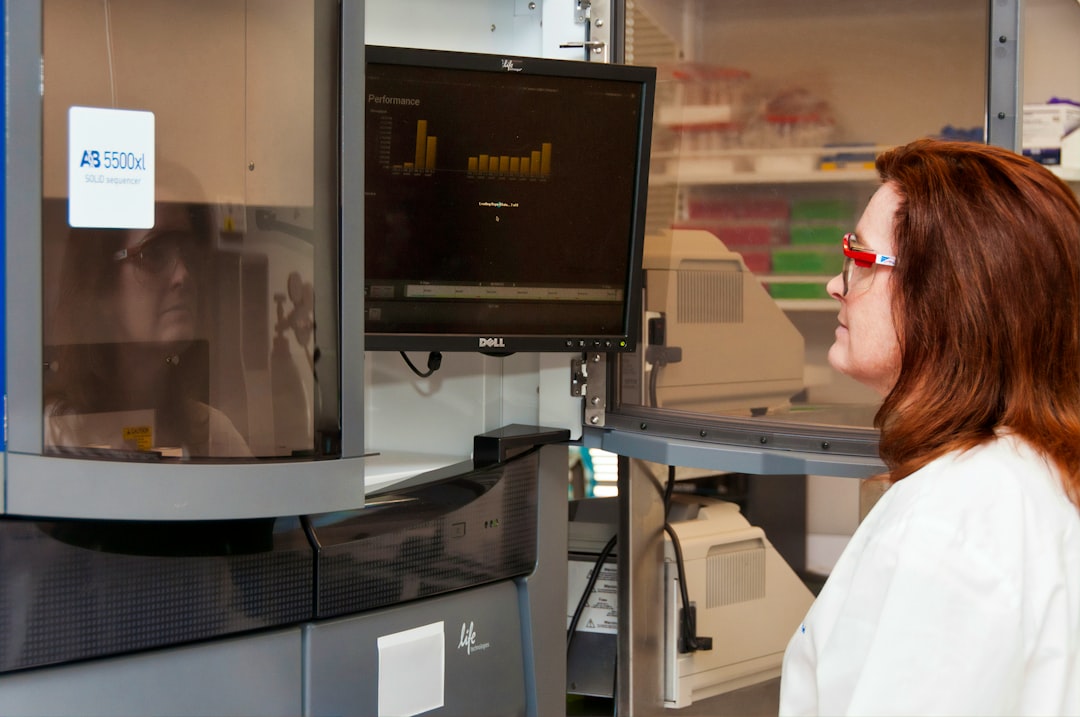Journal article
Manajemen Kelompok Tani Petani Sayuran dalam Mendukung Ketahanan Pangan Kota Banjarbaru
Banjarbaru Municipality, from a spatial perspective, has a strategic role as a primary node of commodities distribution chain in South Kalimantan Province, because it is located between two main consumption centers, that are: Banjarmasin (the biggest consumption center) and Martapura. Beside as a consumption center, Banjarbaru also plays as an agricultural production center, especially vegetables. The study is purposed to know the management of the vegetable farmer group in order to promote food security in Banjarbaru Municipality. The population in the study was vegetable farmer groups. The samples were selected trough random sampling method. Generally, the management of the vegetable farmer group is in good condition (77.84%), planning (64.66%), organizing (85.89%), actuating (77.13%), and evaluation (65.55%). This shows that farmer group management able to support food security in Banjarbaru. For better management in a vegetable farmer group, it is suggested to increase the capability of planning in yields processing and marketing; and in recording farm activities.












































